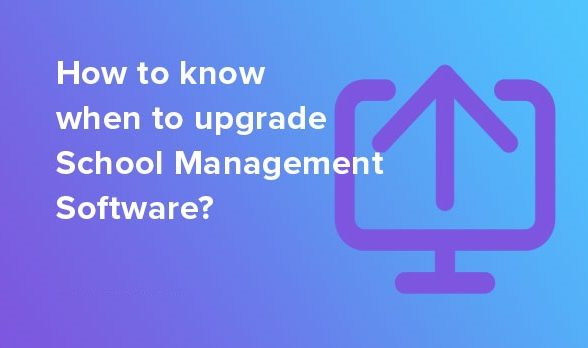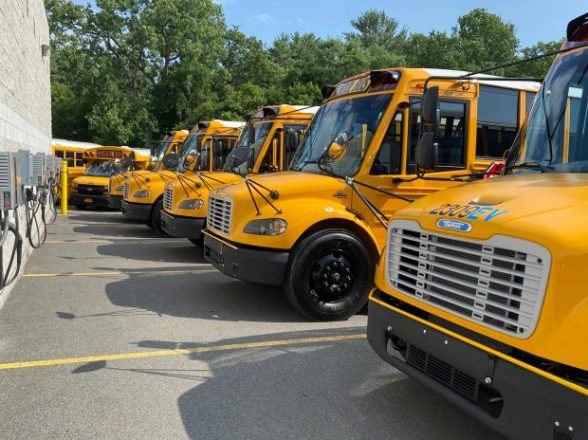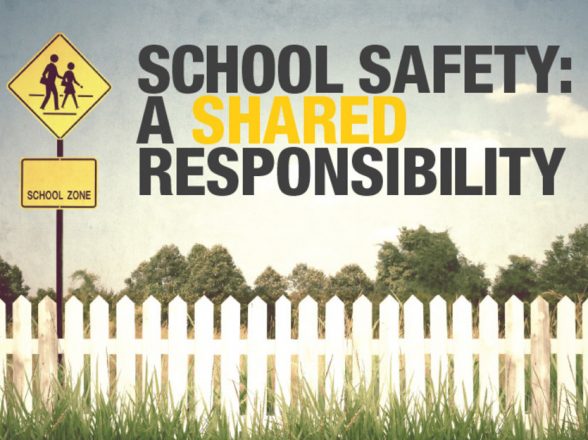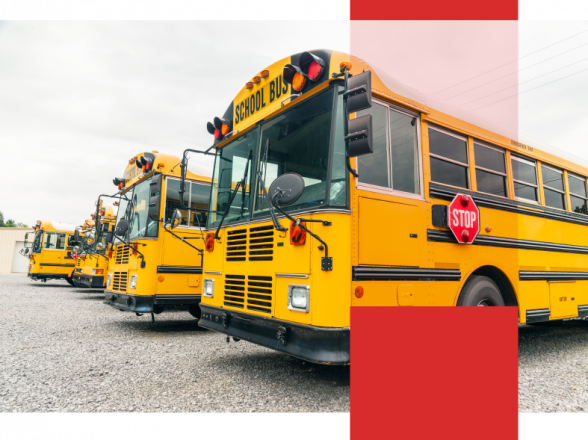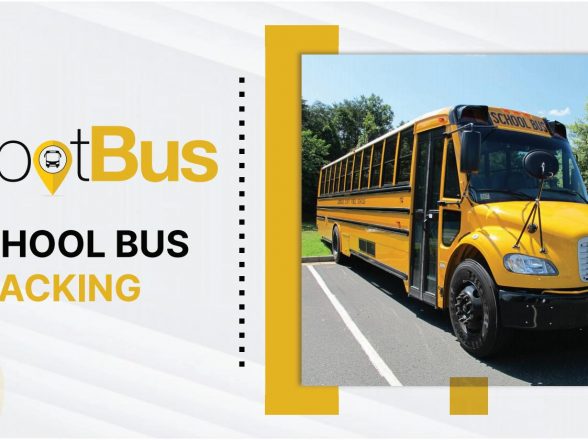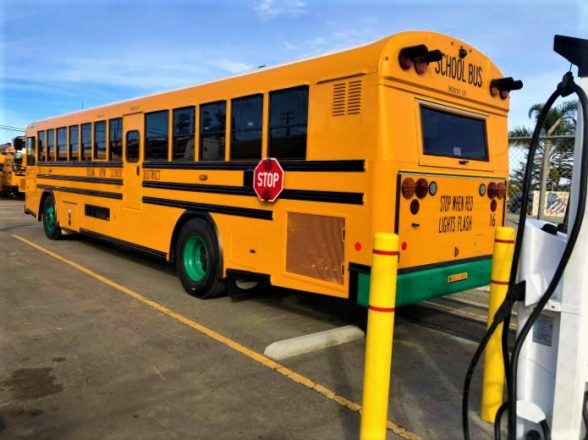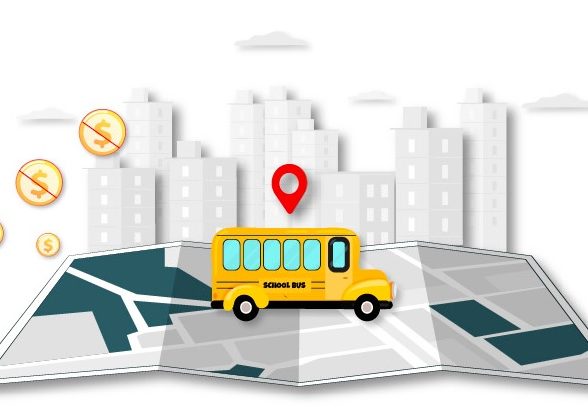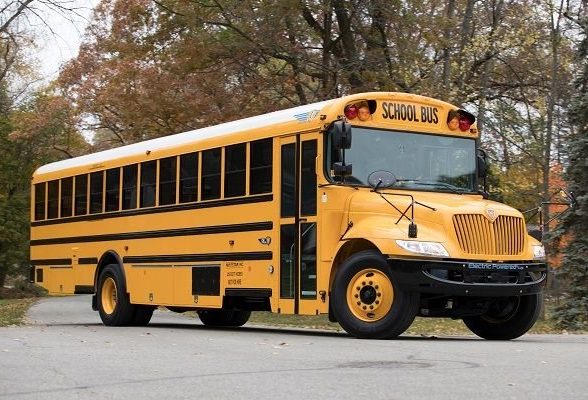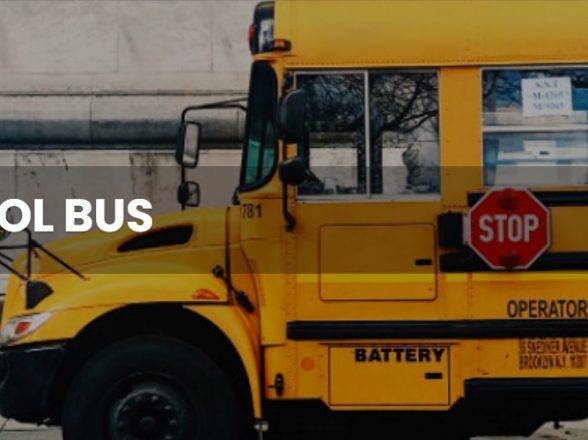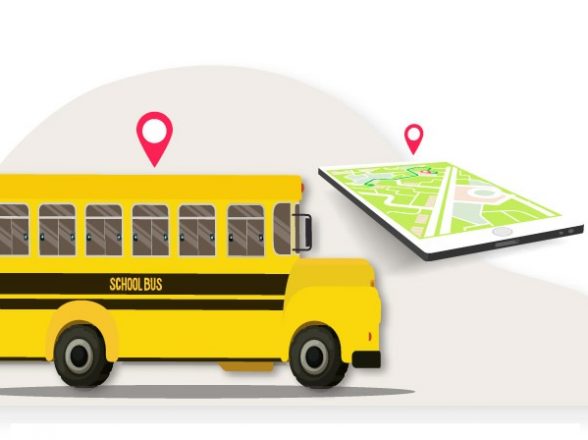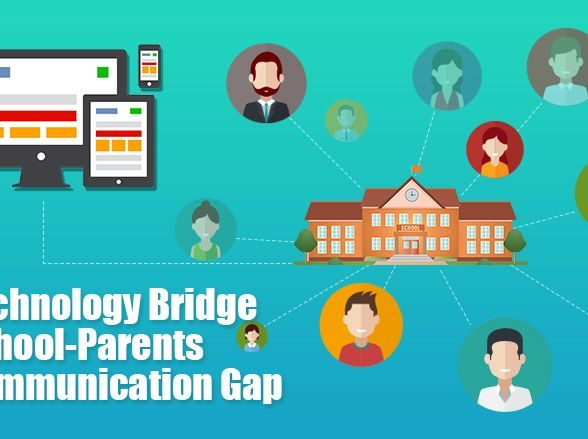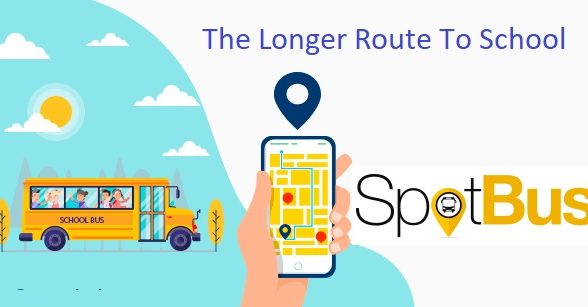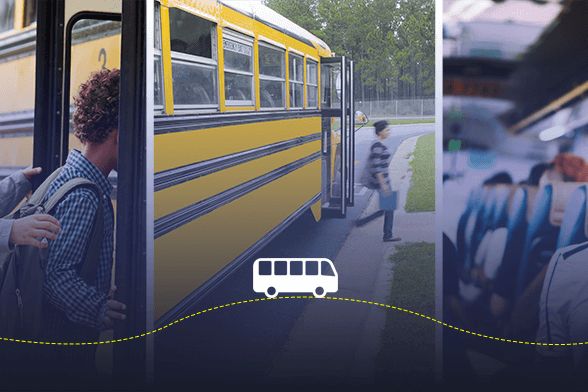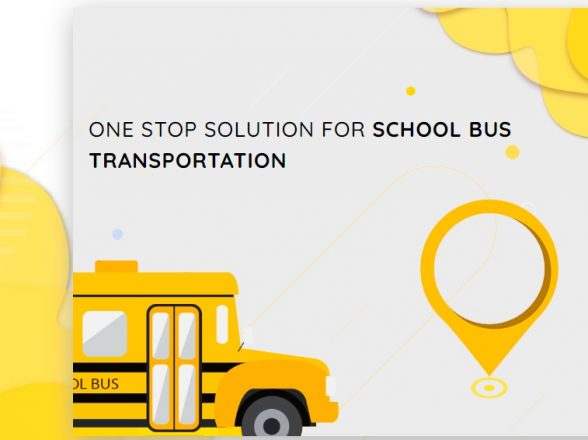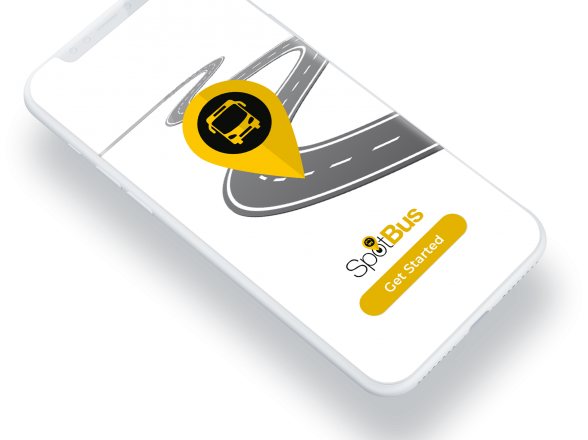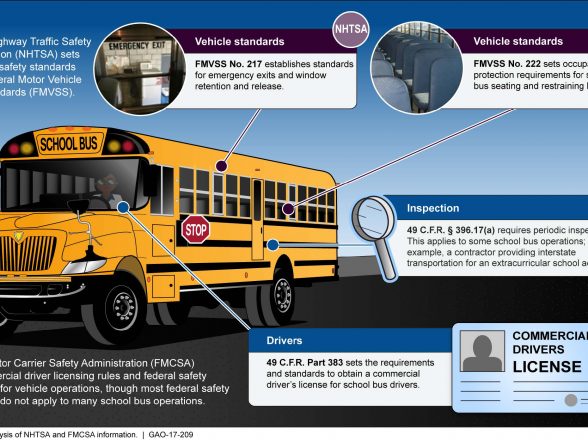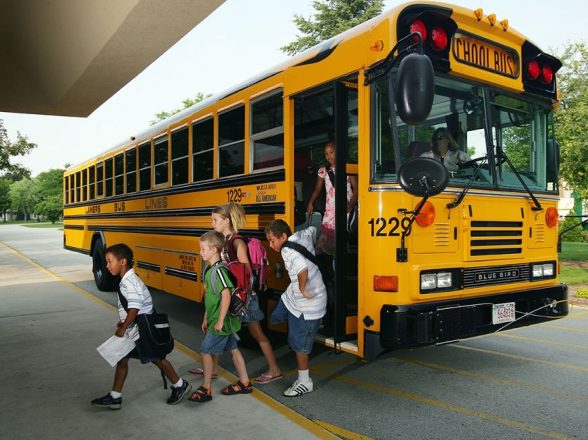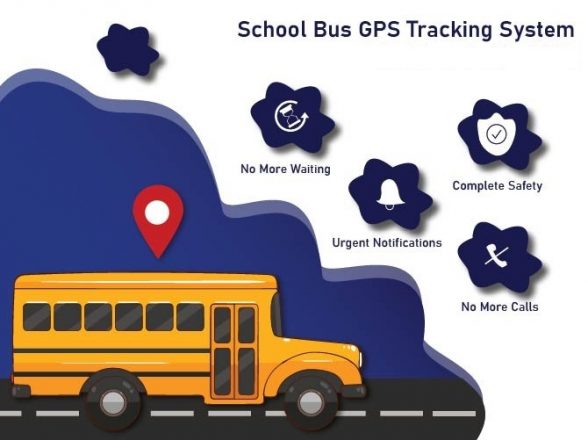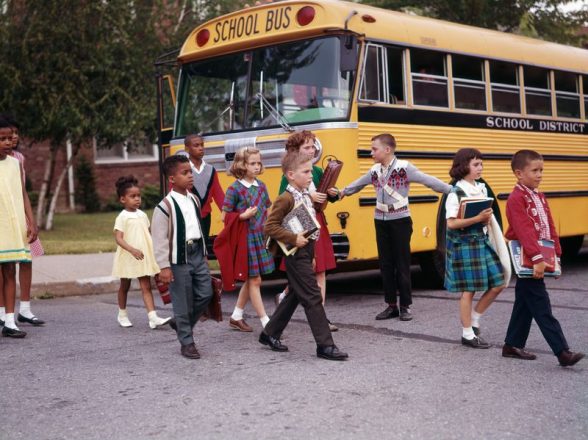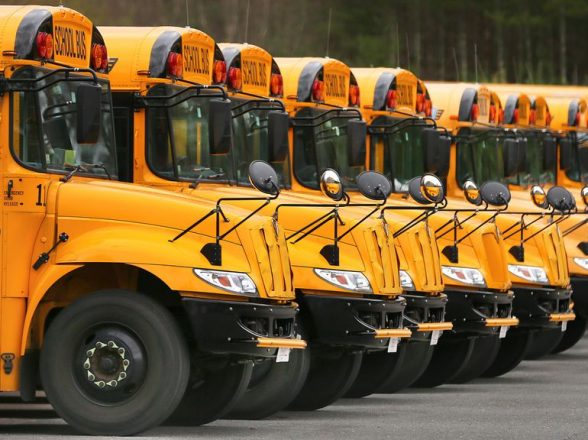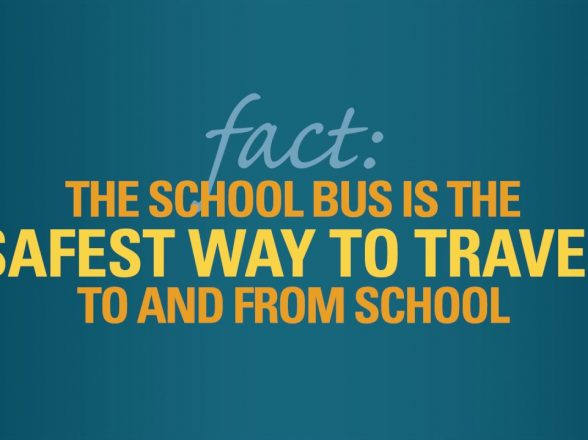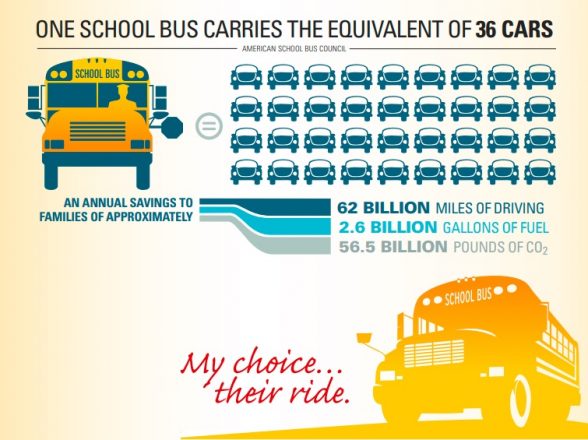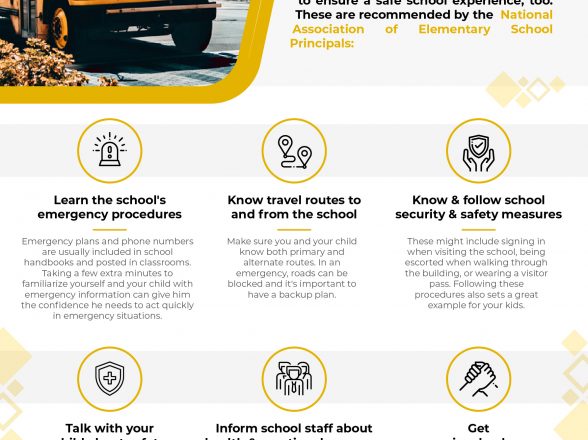Revolutionizing Student Transportation: The Impact of AI School Bus Routing Software
In the ever-evolving world of educational technology, ensuring the safety and efficiency of student transportation has become a priority for schools and parents alike. The advent of AI school bus routing software has revolutionized the way school transportation is managed, offering comprehensive solutions that address multiple aspects of the daily school commute. From optimizing routes to ensuring real-time tracking, AI-driven systems are transforming school transportation into a safer, more efficient, and reliable process. In this blog, we’ll explore how AI is reshaping school bus routing, focusing on key technologies like the school bus driver app, live GPS tracking, and trip inspections.
The Need for AI School Bus Routing Software
Traditional school bus routing methods often rely on manual planning and fixed schedules, which can be inefficient and prone to errors. Factors like traffic congestion, road closures, and varying student attendance can significantly impact the efficiency of these routes. AI school bus routing software addresses these challenges by leveraging advanced algorithms and real-time data to optimize routes dynamically. This technology ensures that buses follow the most efficient paths, reducing travel time, fuel consumption, and operational costs while enhancing the safety and reliability of student transportation.
Key Features of AI School Bus Routing Software
- Optimized Routing
- AI-driven software uses machine learning algorithms to analyze historical data, traffic patterns, and current road conditions to determine the most efficient routes for school buses. This optimization minimizes delays, reduces fuel consumption, and ensures that students arrive at school and home on time.
- Dynamic Adjustments
- Unlike traditional fixed routes, AI routing software can make dynamic adjustments based on real-time data. If there is an unexpected road closure or heavy traffic, the system can reroute buses to avoid delays, ensuring a smoother and more reliable commute for students.
- Enhanced Safety
- By optimizing routes and minimizing travel time, AI routing software reduces the risk of accidents and enhances the overall safety of student transportation. The software also integrates with other safety features like live GPS tracking and school bus driver apps to provide comprehensive safety solutions.
School Bus Driver App with Turn by Turn Navigation
One of the critical components of AI-driven school bus routing is the school bus driver app with turn by turn navigation. This app provides several benefits:
- Real-Time Navigation
- The app offers turn by turn navigation to school bus drivers, ensuring they follow the most efficient routes and avoid traffic congestion. Real-time updates help drivers navigate unfamiliar areas and adapt to changing road conditions.
- Safety Alerts
- The app can provide real-time alerts about road hazards, accidents, or route changes, enabling drivers to make informed decisions and maintain student safety. These alerts are crucial for proactive risk management during the school bus journey.
- Communication
- The school bus driver app facilitates seamless communication between drivers, school administrators, and parents. This connectivity ensures everyone is informed about the bus’s progress and any delays, enhancing transparency and trust.
Live GPS Tracking and Student Monitoring
Live GPS tracking and student monitoring are integral parts of AI school bus routing systems. Here’s how they contribute to safer and more efficient transportation:
- Real-Time Monitoring
- Live GPS tracking allows school administrators and parents to monitor the exact location of the bus in real-time. This feature provides peace of mind and ensures that any deviations from the planned route are immediately noticed and addressed.
- Attendance Tracking
- Integrating track students on school buses systems with GPS allows for accurate recording of student attendance on the bus. This ensures that every student is accounted for during boarding and alighting, enhancing safety and accountability.
- Emergency Response
- In case of emergencies, real-time location data helps quickly locate the bus and dispatch assistance. This ensures the safety and well-being of students, providing a rapid response to any incidents.
- Parental Notifications
- Parents can receive real-time notifications about the bus’s location and estimated arrival times, allowing them to be prepared for their child’s arrival and departure. This feature enhances parental involvement and reassurance.
On Boarding and Off Boarding of Students
The processes of on boarding and off boarding of students are critical for ensuring their safety and maintaining an efficient transportation system. AI school bus routing software enhances these processes through several mechanisms:
- Accurate Records
- The software maintains accurate records of student boarding and alighting times, ensuring that no student is left behind or goes missing. This data is crucial for accountability and safety.
- Streamlined Procedures
- By optimizing routes and providing real-time updates, the software ensures that the boarding and alighting processes are streamlined, reducing delays and maintaining schedules.
- Safety Checks
- The integration of real-time tracking and communication features ensures that any issues during boarding or alighting are immediately reported and addressed. This proactive approach enhances student safety.
Trip Inspection for School Buses
Trip inspection for school buses is a vital procedure that ensures the vehicle’s safety and reliability before and after each trip. AI school bus routing software integrates trip inspection features to enhance overall safety:
- Pre-Trip Inspection
- Before starting the route, a thorough inspection is conducted to ensure that all systems are functioning correctly. This includes checking brakes, lights, tires, and safety equipment. A well-maintained bus reduces the risk of breakdowns and accidents, ensuring a safe journey for students.
- Post-Trip Inspection
- After completing the route, another inspection is performed to identify any issues that may have arisen during the trip. This ensures that any necessary repairs or maintenance are conducted before the next trip, maintaining the bus’s safety and reliability.
- Documentation
- Keeping detailed records of each trip inspection helps maintain compliance with safety regulations and provides a history of the bus’s maintenance. This documentation is crucial for accountability and ensuring the long-term safety of the vehicle.
Future Prospects and Innovations
The future of AI school bus routing software looks promising with ongoing technological advancements. Emerging technologies such as artificial intelligence and machine learning will continue to enhance route optimization, predictive maintenance, and safety features. For instance, AI algorithms can analyze traffic patterns and historical data to suggest the most efficient routes and predict potential delays.
Moreover, advancements in biometric authentication, such as fingerprint or facial recognition for student boarding and alighting, can further enhance safety and accuracy. These technologies ensure that only authorized students board the bus, reducing risks and ensuring accurate attendance records.
Conclusion
AI school bus routing software is revolutionizing student transportation by offering comprehensive solutions for route optimization, real-time tracking, safety management, and efficient communication. The integration of technologies like the school bus driver app with turn by turn navigation, live GPS tracking, and meticulous trip inspection for school buses has transformed traditional transportation methods, ensuring safer, more efficient, and reliable school bus journeys.
Investing in these technologies is a crucial step towards creating a safer and more efficient school transportation system. As technology continues to advance, the future holds even greater promise for innovations in student transportation, ensuring that the journey to and from school is safe, efficient, and reassuring for students, parents, and school administrators alike.



